I am attending the Imec Technical Forum in Brussels. I and the other 800 attendees were kept very busy on the first day with a total of 13 presentations given by electronic industry leaders. This is Imec’s 30th birthday and the event organizers went out of their way to have an excellent location, organization, and program for the event. Really, very well done.
Imec is the leading research organization in Europe with programs in semiconductors, nanoelectronics, sensors, solar energy, wireless, imaging, materials, and other technologies. Headquartered in Leuven, Belgium, Imechas a staff of over 2,080 people including more than 670 industrial residents and guest researchers.

Fig. 1: Imec imagine.
Luc Van den hove, president of Imec, opened the event with details of the creative business models that the organization shares with many leading companies. He talked about some of Imec’s early CMOS development from 1984 to the early ‘90s and about their unique model of Open Innovation.

Imec President Luc Van den hove.
Luc noted that with rising semiconductor R&D costs, traditional models are changing and there is consolidation and “bigger challenges for fewer companies.” He noted that, in the area of logic and memory, Imec was working with seven primary partners: Samsung, TSMC, Global Foundries, Micron, SK Hynix, Toshiba-Sandisk, and Intel.
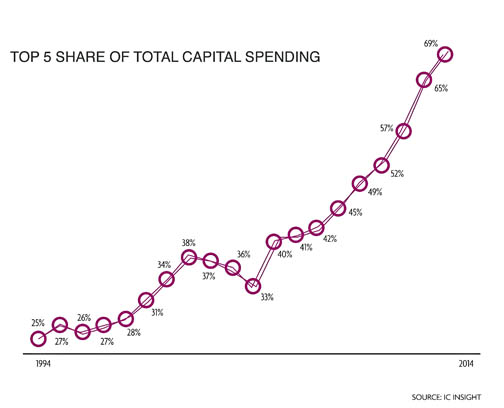
Fig. 2: Just five large companies did 65% of the spendi ng on semiconductor production equipment in 2013, compared to just 25% in 1994.
He also talked about next-generation wireless 4G/5G, about Exabytes of data flow, and about using biological sensors to enormously aid preventative health care — with handheld diagnostics, DNA sequencing, and single-cell analysis.

Fig. 3: Single-cell analysis.
Next to speak was Paul Jacobs, executive chairman of Qualcomm. He said Qualcomm was “born mobile” with 28 years of enhancing wireless communications and 15 billion-plus ASIC shipments.

Paul Jacobs, executive chairman of Qualcomm.
They now see an upcoming impact of mobile communication on health care, transportation, and public spaces — creating a Digital 6th Sense. They see the task ahead as applying mobile technologies to everything – making them more aware, connected, intelligent, and interactive. And they see the main challenge may well be power efficiency.
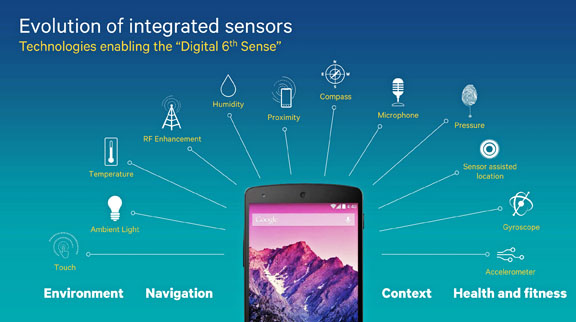
Fig. 4: Integrated of 12 types of sensors enables the Digital 6th Sense.
Aart de Geus, chairman and co-CEO of Synopsys, gave an excellent presentation on Semiconductor Techonomics ‾ Toward A Smart Everything.
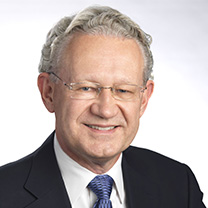
Aart de Geus chairman and co-CEO of Synopsys.
He showed an interesting slide with companies in there various areas and the total revenue in each area.
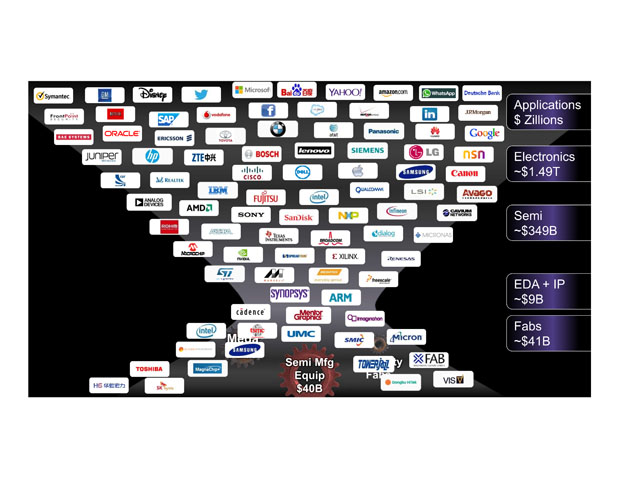
Fig. 5: The semiconductor landscape.
Below the application companies making zillions of dollars are the semiconductor folks. The multiple engines that drive all of these companies relies on hardware/software design tools, EDA, and intellectual property. Aart noted a distinct need for improved simulation speeds for up-coming SoCs and said the Synopsys IC Compiler II should provide 10x speed with higher yields — making for sooner/faster/cheaper products.
Proving, Aart said, that semiconductors are never boring, he showed numbers for five of the last six downturns (Fig. 6), followed by a comparison of the last two downturns.
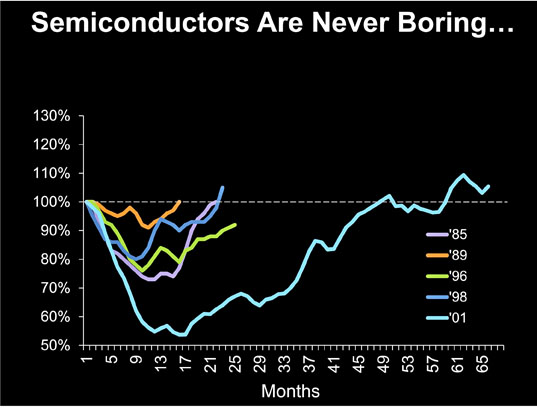
Fig 6: Semicycle 1
The recovery of semiconductors from the 2008 collapse was very swift, but the industry has not been gaining much since that time.
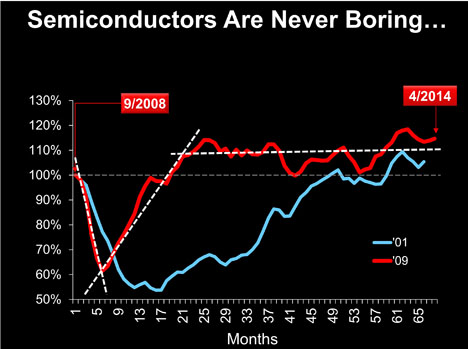
Fig 7: Semicycle 2.
He also noted that the “smart everything” is driving the market for sensors — $5B in 2010 to an estimated $30 billion (and 20B units) in 2017. http://www.itf2014.be/
Advertisement
Learn more about Imec





